Adopting a pet can be one of life’s most fulfilling experiences. Not only do you gain a loyal companion, but you also provide a second chance to an animal in need. Whether you’re thinking about adopting a dog, cat, or small animal, pet adoption is a meaningful journey that starts with understanding the responsibilities involved. This guide covers everything you need to know—from preparing your home to selecting the right pet for your lifestyle.
What to Know Before You Adopt a Pet
Before making the commitment to adopt, it’s essential to understand the level of care your new pet will require. Pet adoption means long-term responsibility, so here’s what to expect:
1. Daily Care Needs
- Food and Water: Ensure your pet receives a balanced diet and has access to clean water daily. Each pet has unique dietary needs, so consult your veterinarian or shelter staff.
- Exercise and Play: Most pets, particularly dogs and some cats, need regular physical activity and mental stimulation. Playtime helps prevent boredom and supports overall well-being.
- Safe Shelter: Provide a cozy, secure place where your pet can rest. Whether it’s a pet bed, crate, or quiet room, your furry friend needs a place to feel safe.
2. Medical Care
- Veterinary Visits: Routine vet checkups, vaccinations, and parasite prevention are vital. If you’re adopting a pet with a medical history, follow the recommended care plan closely.
- Emergency Preparedness: Know the signs of illness or discomfort and seek veterinary help when needed.
3. Socialization and Training
- Positive Socialization: Interacting with people and other pets is important—especially for dogs—to reduce anxiety and improve behavior.
- Training and Enrichment: Training helps build a bond with your pet and supports a harmonious home. Use enrichment tools like puzzle feeders to keep your pet mentally stimulated.
4. Legal and Hygiene Responsibilities
- Licensing and Regulations: Depending on your location, you may be required to license your pet and follow leash or containment laws.
- Cleanliness: Clean up after your pet, maintain hygiene in living spaces, and perform regular grooming to ensure their comfort and health.
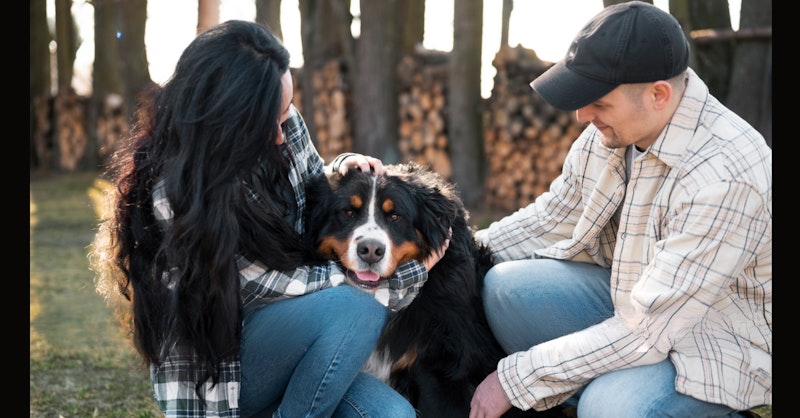
How to Know If You’re Ready for Pet Adoption
Taking time to reflect on your lifestyle, living space, and family dynamics is crucial before moving forward with adoption. Consider the following:
Lifestyle
- Do you have time for walks, feeding, grooming, and play?
- Are you financially prepared for food, medical care, and other expenses?
- Can your daily routine accommodate a pet’s needs?
Living Environment
- Is your home pet-friendly with enough space?
- Are there any safety hazards or valuable items you need to pet-proof?
- Will noise or activity levels be appropriate for the pet you choose?
Family
- Are all household members supportive of adopting a pet?
- Do any family members have allergies or sensitivities?
- How will the responsibilities be divided among the household?
Schedule
- Will your work or travel impact your ability to care for a pet?
- Can you arrange for pet care, such as a sitter or boarding facility, when needed?
Experience with Pets
- Are you a first-time pet owner or have prior experience?
- Are you open to learning about pet care, training, and health needs?

Choosing the Right Type of Pet for You
Different animals have different needs, and choosing the right pet is key to a successful adoption. Here are a few popular types of pets:
Dogs
Dogs are affectionate, loyal, and often eager to please—but they require time, exercise, and attention. Some breeds are high-energy and need lots of activity, while others may be more relaxed. Research breeds and consider your activity level before choosing.
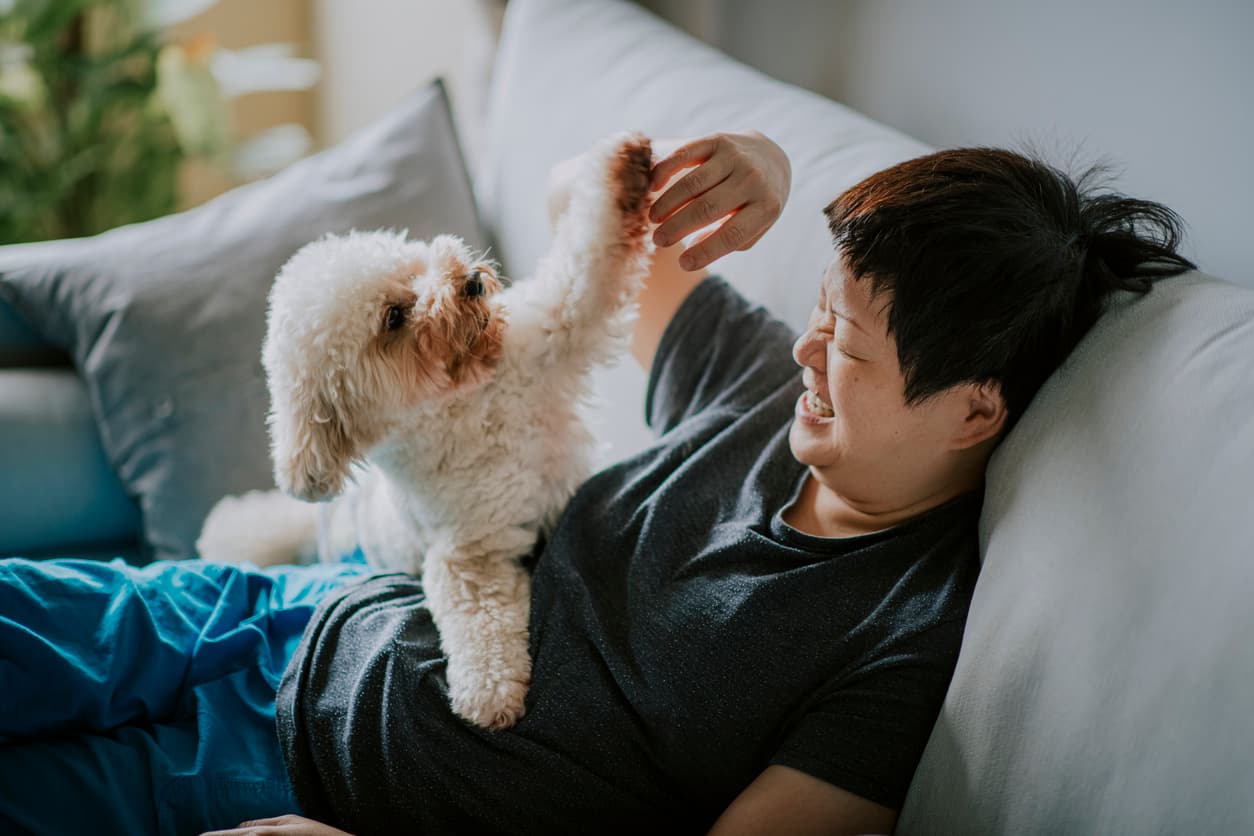
Cats
Cats are independent and often low-maintenance but still need daily attention and affection. They’re a great option for smaller living spaces and can be more adaptable to different lifestyles.

Birds
Birds can be sociable and intelligent, offering companionship and even vocal interaction. They require a clean cage, regular stimulation, and time outside their enclosure under supervision.
Fish
Fish are ideal for those looking for a calm, low-interaction pet. Maintaining an aquarium can be therapeutic, though it requires consistent water testing, feeding, and tank cleaning.
Small Animals (Hamsters, Guinea Pigs, Rats)
These pets are perfect for limited spaces and shorter time commitments. They need daily feeding, a clean cage, and interaction to thrive.
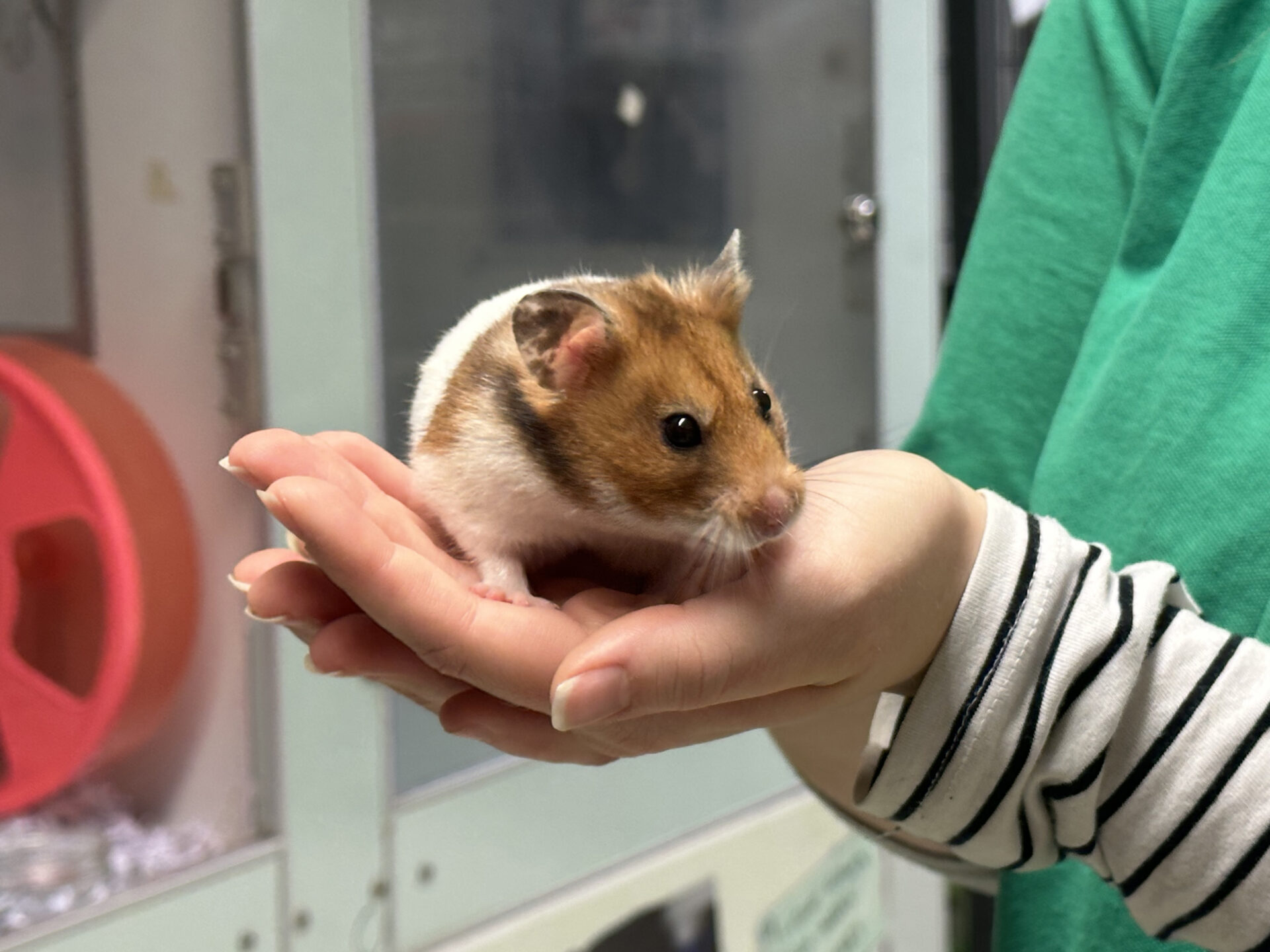
Steps to Adopt a Pet: A Simple Guide
If you’re ready to adopt, follow these steps to make the process smooth and successful:
Step 1: Decide What Type of Pet Suits You
Assess your living situation, lifestyle, and personal preferences. The more honest you are with yourself, the better your match will be.
Step 2: Research Local Shelters and Rescue Organizations
Use online directories to find reputable animal shelters or rescue groups in your area. These organizations typically list available animals and provide background details.
Step 3: Visit the Shelter or Adoption Center
Take the time to meet different animals. Interact with them, observe their behavior, and ask questions. Many organizations have visiting areas where you can spend time with the pets.
Step 4: Complete the Adoption Application
Once you’ve found a pet you’d like to bring home, you’ll need to fill out an adoption application. This form gathers details about your home, lifestyle, and past pet experience.
Step 5: Meet with an Adoption Counselor
An adoption counselor will review your application and help you ensure the chosen pet fits your household. They’ll also share details about the pet’s behavior, medical history, and post-adoption care.
Step 6: Pay the Adoption Fee
Adoption fees help cover the cost of vaccinations, spaying or neutering, and other necessary medical services. These fees vary but are generally modest compared to the cost of purchasing a pet from a breeder.
Step 7: Prepare Your Home
Before bringing your pet home, set up their food station, bed, and play area. Remove hazards and gather necessary supplies like food, toys, grooming tools, and identification tags.
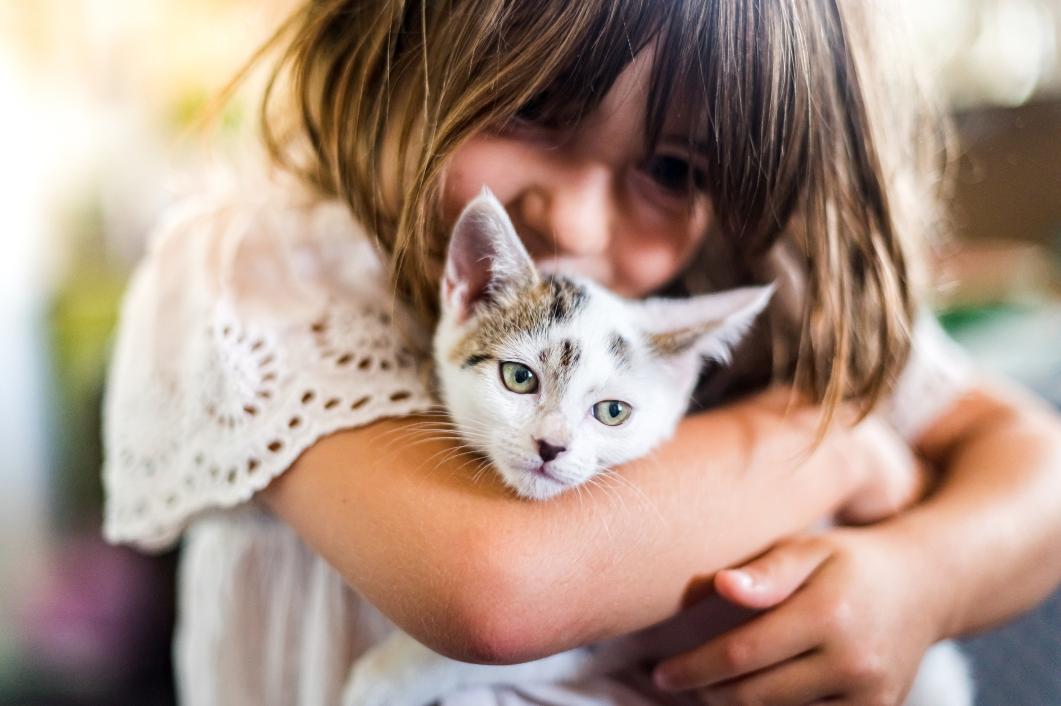
Final Thoughts: Embrace the Joy of Pet Adoption
Pet adoption is more than just bringing home a new animal—it’s the start of a lasting bond built on love, trust, and companionship. When you adopt, you give an animal a second chance and open your life to endless joy and fulfillment. By carefully evaluating your readiness and choosing the right pet, you set the stage for a successful and rewarding adoption experience.
Whether you’re adopting your first pet or adding another companion to your home, this decision can bring incredible value to your life and the life of a pet in need. Explore your local shelters today and discover your new best friend.
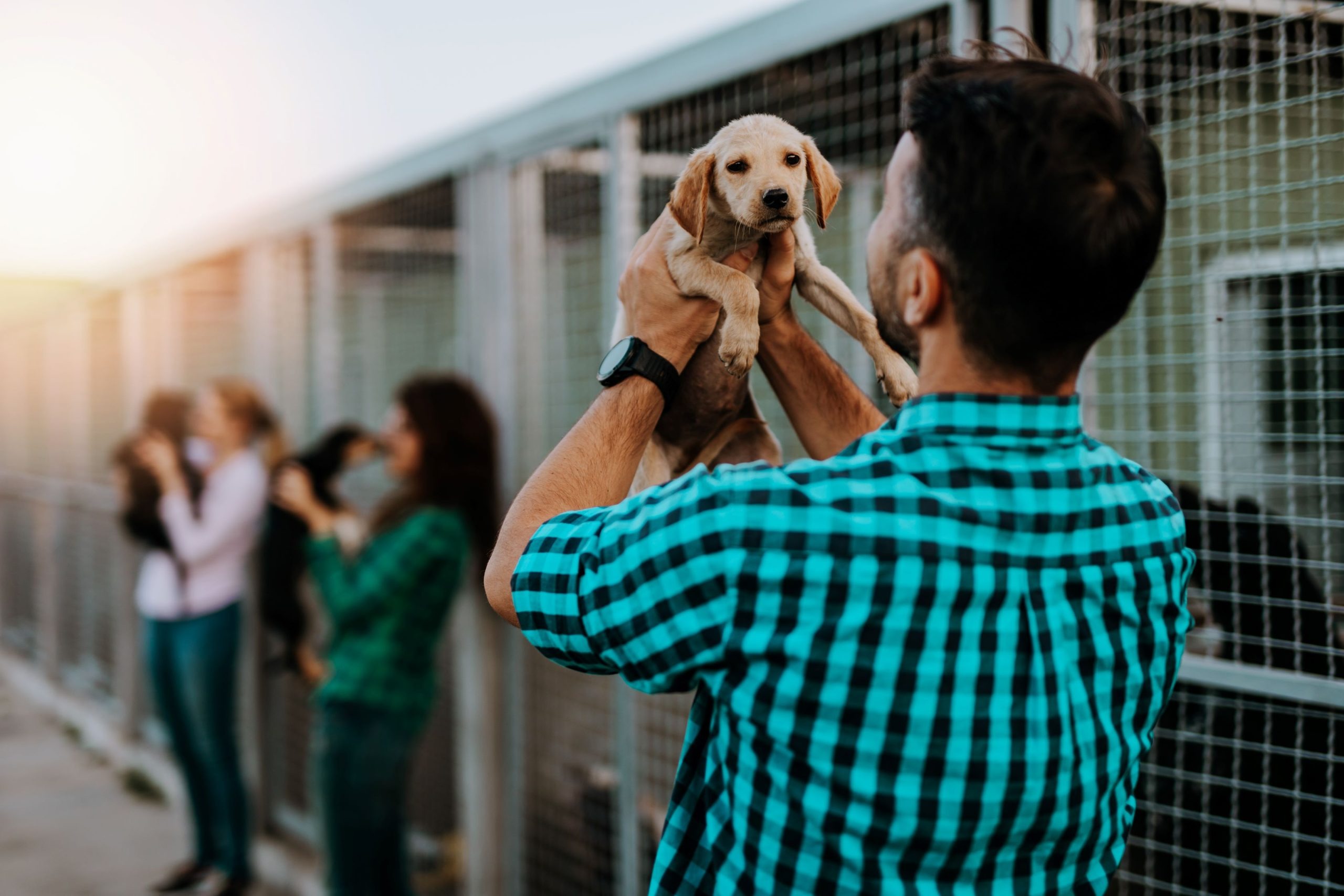


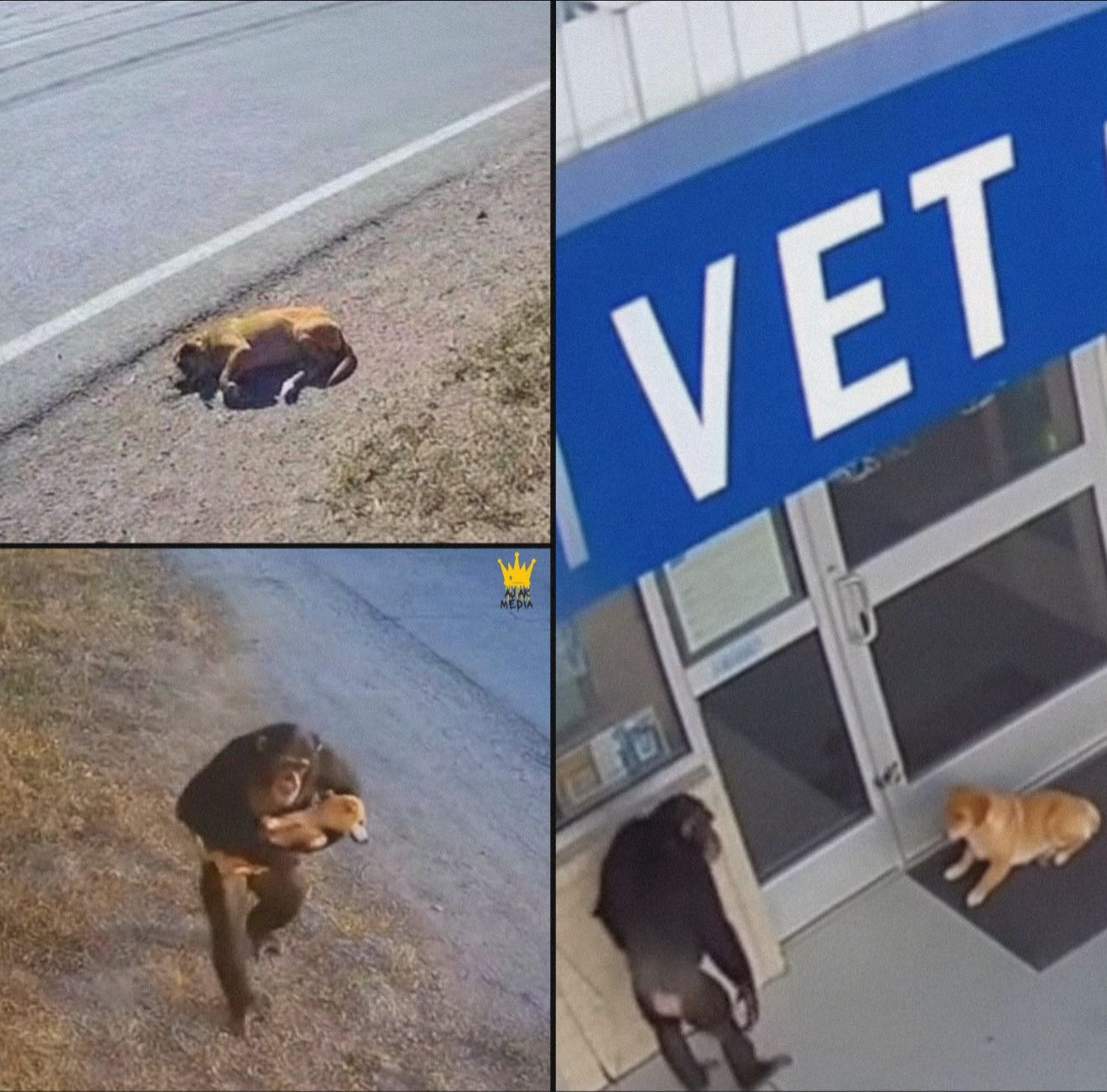


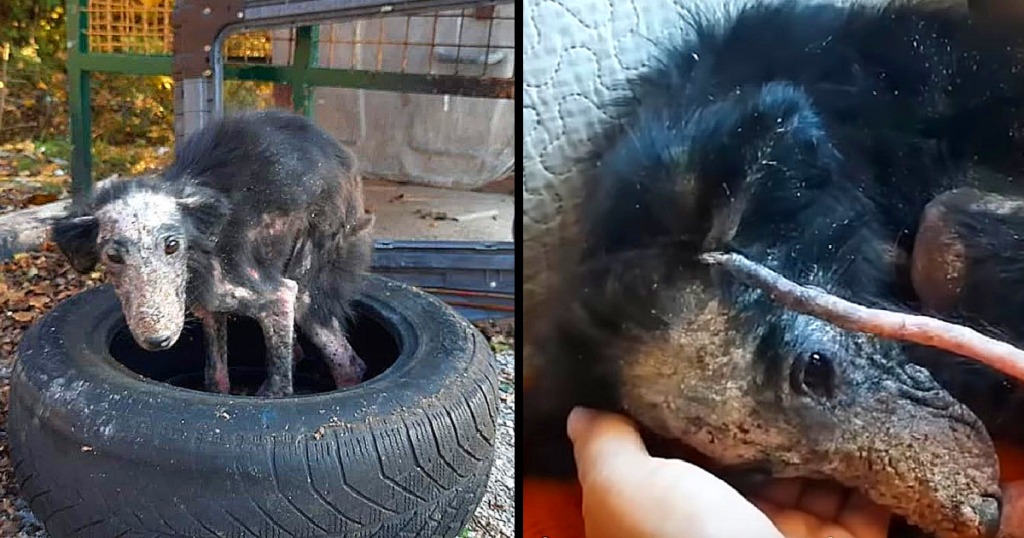
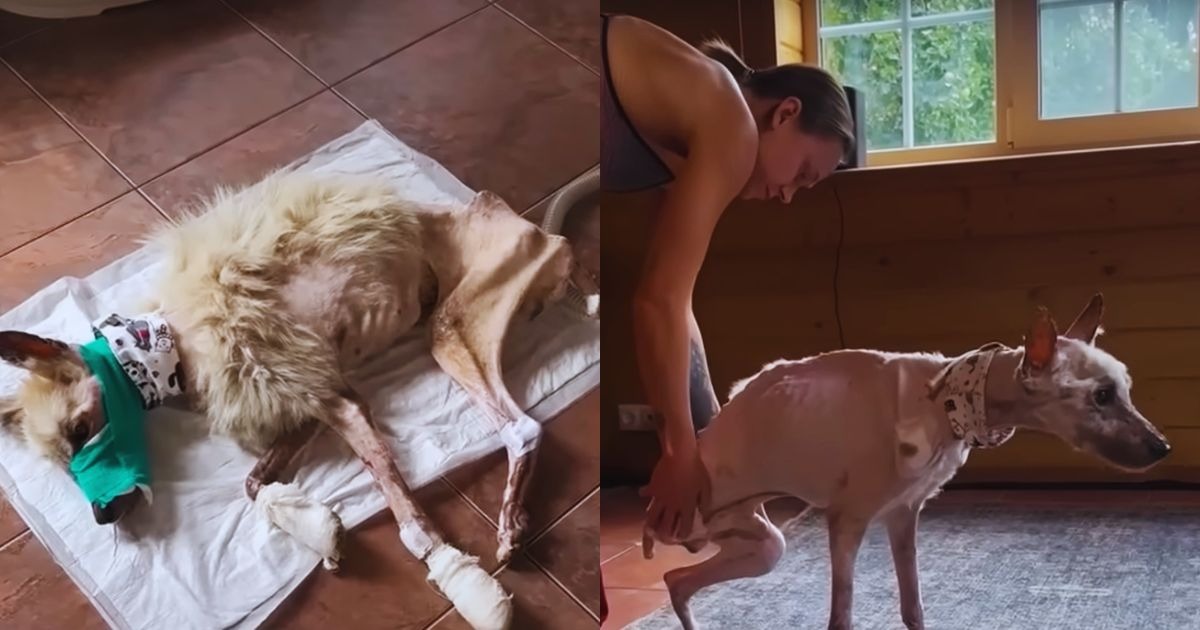




Leave a Reply